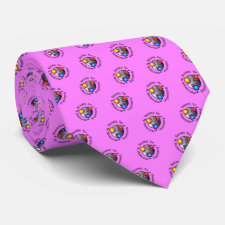
Authors: Dai S, Zhang ZT, Liang CD
Publication date: 2004
Chapter title: Hierarchically imprinted nanostructures for separation of metal ions.
Page numbers: 1369-1379.
DOI: 10.1081/E-ENN-120023656
Book title: Dekker Encyclopedia of Nanoscience and Nanotechnology
Editors: Schwarz JA, Contescu CI, Putyera K
Publisher: Marcel Dekker
City: New York
Abstract: Hierarchical structures can be found in nature from the macroscopic level to the microscopic level. Biomaterials are selectively self-organized from molecular- to macrolength scales, with organized units of subassemblies that are generated to serve biological purposes.(1) Inspired by the complexity of biomaterials, research has been initiated to mimic biomineralization processes and chemically produce hierarchical structures.(1-10) This chapter is focused on a new methodology to generate hierarchical materials as novel sorbents for separation of metal ions via hierarchical imprinting synthesis.
The concept of molecular-imprinted polymers was originally introduced by Wulff and Sarhan in the early 1970s.(11) Imprinting synthesis (Fig. 1) is a polymerization method that creates selective adsorption cavities inside or on the surface of solid materials with functionalities spatially organized around templates. The templates interact with a complementary portion of a functional monomer, by either covalent(12) or noncovalent(13) interactions such as ionic, coordinative, hydrophobic, or hydrogen bonding. The functional monomers are fixed around the templates upon polymerization. After removal of templates, a set of recognition sites is retained in the polymer matrices or on the surface of the substrates. Recognition sites are employed to rebind the imprinting templates or some analogous molecule with similar physical/chemical characteristics. The imprinted cavities have "one-to-one" specific selectivity, which mimics enzyme. Accordingly, the imprinted sorbents are also called artificial enzyme or biomimic antibodies. Templates ranging from the smallest species (proton) to biomacromolecules (proteins) have been successfully imprinted.(12-21) Various applications have been utilized in the areas of separation, catalysis, chemosensors, biomimic enzymes, drug delivery, etc.



Join the Society for Molecular Imprinting

New items RSS feed
Sign-up for e-mail updates:
Choose between receiving an occasional newsletter or more frequent e-mail alerts.
Click here to go to the sign-up page.
Is your name elemental or peptidic? Enter your name and find out by clicking either of the buttons below!
Other products you may like:
 MIPdatabase
MIPdatabase









